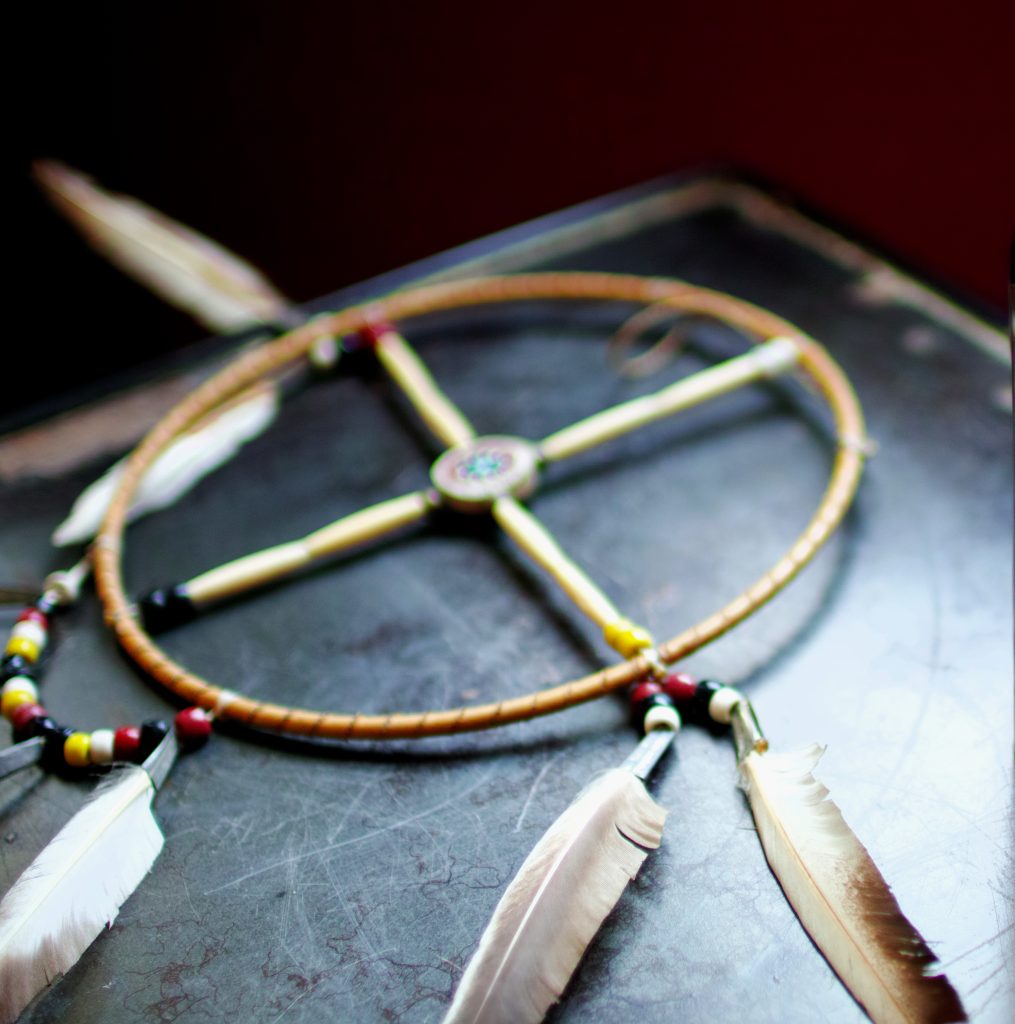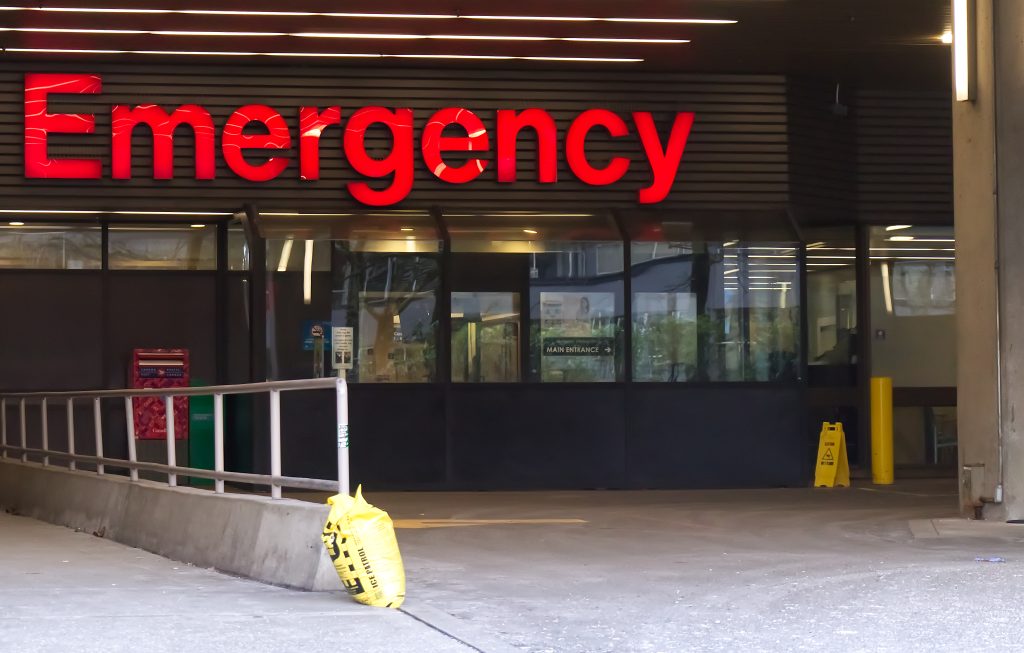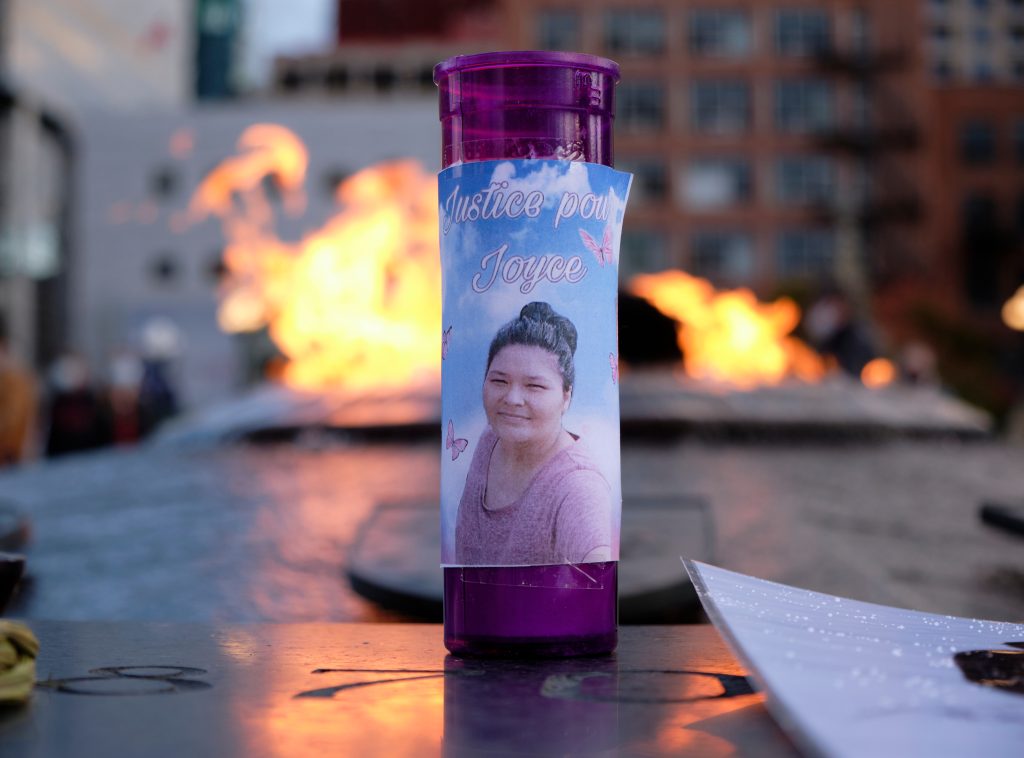Introduction
A core belief of Canadians is publicly funded health care is universally applied and accessible to all citizens equally. However, the reality of inequities experienced by Indigenous peoples in Canada are significant. Prominent examples, such as the discrimination and neglect experienced by Brian Sinclair in Manitoba and Joyce Echaquan in Québec, demonstrate Indigenous-specific racism troublingly persists in health care settings. A 2021 survey conducted by the Southern Chiefs’ Organization (SCO) reported 72% of respondents had personally experienced racism and nearly 80% had witnessed a family member or loved one experience racist discrimination or mistreatment in a Manitoba health care setting. An overwhelming majority, 92% of respondents, either agreed or strongly agreed with the statement that racism is a problem in Manitoba’s health care system.
What is Systemic Racism and Indigenous-Specific Racism?
Also known as structural or institutional racism, systemic racism is enacted through societal systems, structures, and institutions in the form of “requirements, conditions, practices, policies, or processes that maintain and reproduce avoidable and unfair inequalities across ethnic/racial groups.” Systemic racism is not only something that is enacted but also something that occurs due to inaction, particularly by those in positions of power who can but do not redress instances of inequality, abuse, or discrimination.
For Indigenous peoples in Canada, systemic racism has manifested in complex and intertwined economic, political, and psychosocial systems. Colonial policies, such as the Indian Residential School system, substandard health care provided at segregated medical facilities, and deliberate genocide of languages and culture are directly connected to health inequities between Indigenous and non-Indigenous peoples today. Systemic racism, particularly in health settings, manifests as social exclusion, isolation, and neglect that often limits access to necessary medical treatments, care, programs, or services.
“Medicine and health always see itself as benevolent and caring for people. It’s not true for many Indigenous people. It’s a violent encounter.”
– Dr. Barry Lavallee
Dr. Barry Lavallee and Laurie Harding refer to the systemic nature of how Indigenous discrimination in health care is taught and modelled into treatment and practice as “Indigenous-specific racism coaching.” Using the term “coaching” captures the reality that Indigenous-specific racism and discrimination are embedded in the health care system, and become reproduced and renewed via enculturation, socialization, modelling, omission, grooming, and normalization.
How Does Systemic Racism Affect Indigenous Health?
Despite growing research demonstrating the ways in which Indigenous people are often mistreated in the health care system, administrators and frontline staff often deny racism in health care is a determinant of Indigenous peoples’ health. Racism is dismissed as a phenomenon that occurs at the individual level, rather than at a population level. However, the health and well-being of Indigenous peoples continues to lag behind that of the overall Canadian population in virtually every measure. In Manitoba, the infant mortality rate for First Nations is almost double that of non-First Nations, and First Nations infants are more than seven times as likely to die as a result of sudden infant death syndrome (SIDS). As reported in 2019, the mean life expectancy for Indigenous men is projected to be 73.1 years compared to 81.4 years for non-Indigenous Canadians. Life expectancy for Indigenous women is predicted to be 78.7 years compared to 87.3 years for non-Indigenous women in Canada.
Health gaps and outcomes for Indigenous peoples are further compounded by issues of poverty, substance use disorders, or stigmatizing conditions such as HIV and chronic pain syndromes. Despite such evidence, many health care systems, settings, and approaches in Canada still fail to account for these differences in health outcomes – and their inextricable link to the historical, colonial, and racist roots of such issues.
The Cases of Joyce Echaquan and Brian Sinclair
Joyce Echaquan, a 37-year-old Atikamekw woman, died in September 2020 at a hospital north of Montreal, moments after she recorded footage of herself in excruciating pain while health care staff attacked her with racist remarks. Ms. Echaquan, who had a history of diabetes and cardiomyopathy, was admitted to hospital for stomach pain. She was restrained to her bed and administered morphine, despite her expressed concerns of an adverse reaction. Staff berated her while assuming she was suffering from drug withdrawal. Ms. Echaquan died of pulmonary edema, an excess of fluid in her lungs. A coroner’s inquiry ruled her death an accident, her condition made worse by being restrained in a supine position, and concluded “the racism and prejudice that Mrs. Echaquan faced was certainly a contributing factor to her death.”
In September 2008, Brian Sinclair, a 45-year-old Indigenous man, died in a Winnipeg, Manitoba emergency waiting room after being ignored for a treatable bladder infection. Mr. Sinclair, a double amputee who used a wheelchair, arrived at the hospital for a simple catheter change and antibiotics. Thirty-four hours later, Mr. Sinclair was found dead in his wheelchair, after neither being admitted nor seen by hospital staff. More than 100 other patients were seen or treated while he waited. In an inquest into his death, health care workers stated racist assumptions that led to negligent care, such as assuming Mr. Sinclair was intoxicated, had already been discharged, or was homeless. The inquest ruled Mr. Sinclair’s death as “preventable” but fell short of categorizing it a homicide. The Brian Sinclair Working Group, which released a report containing more than 60 recommendations in 2017, argued the inquest did not adequately address the root cause of Mr. Sinclair’s death: racism.
Addressing Systemic Racism in Health Care
While there have been efforts to improve healthcare for Indigenous people through systemic changes following the Truth and Reconciliation Commission (TRC) of Canada’s Calls to Action and committed support to implement Joyce’s Principle by the federal government, there is still an undeniable shortage of culturally safe health care providers, programs, and services for Indigenous Peoples in Canada.

To enact substantive change, health care leaders, policymakers, and staff must acknowledge the insidious presence of systemic racism and develop strategies to counteract the harmful effects Indigenous people endure as they navigate medical care. A huge undertaking, this must be done via the co-development of anti-racist policies, strategies, and training programs by Indigenous and non-Indigenous peoples. There must be a foundational shift for comprehensive anti-racism efforts to be successful in addressing and eradicating systemic and structural racism.
Crucially, Indigenous peoples must have self-determination over health programs and services to close many of the existing gaps in health outcomes between Indigenous and non-Indigenous peoples. Several levels of government in Canada have committed to advancing Indigenous self-determination and self-governance in health care. Governments must remain committed to the creation of new health governance structures and funding models to support the devolution of health services, self-determination, and eliminate systemic racism in health care.












Share the article